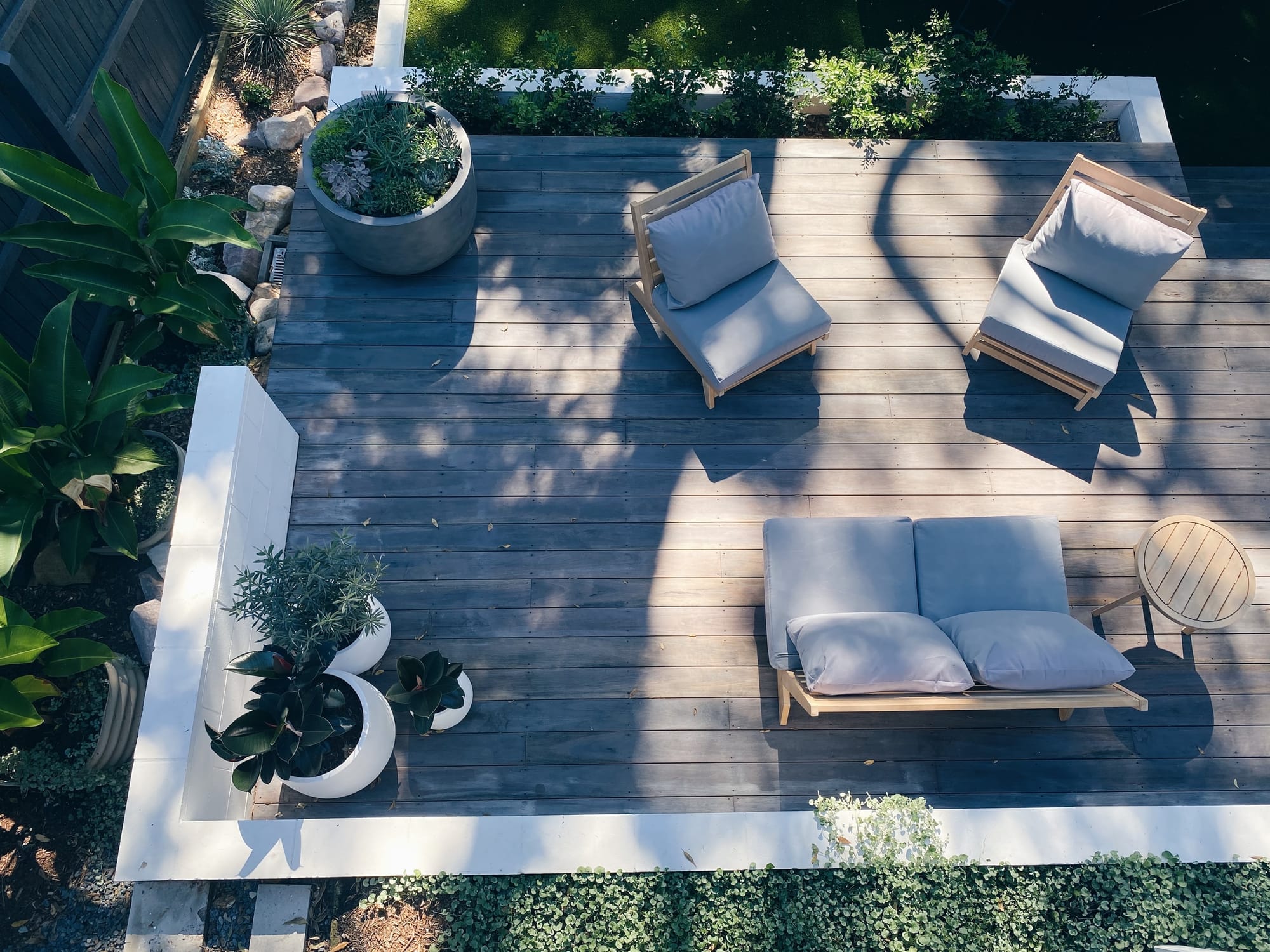
When it comes to designing the perfect outdoor living space, the process involves much more than simply picking out furniture or deciding on a garden layout. It's about creating an extension of your home that complements your lifestyle, aesthetically pleases, and functions according to your outdoor living needs. This comprehensive step-by-step guide aims to navigate you through the journey of choosing the perfect design for your outdoor living space, ensuring that every decision contributes to a cohesive, enjoyable, and maximally utilized outdoor area.
Step 1: Define the Purpose of Your Outdoor Space
The first step in designing your outdoor living space is to clarify its primary purpose. This will dictate every subsequent decision, from the choice of materials to the configuration of the space. Consider what activities you envision taking place in this area. Is it for dining, entertaining, relaxing, gardening, or a combination of these? Knowing this will help in setting a clear vision moving forward.
Step 2: Evaluate Your Space
Understanding the physical parameters of your outdoor space is crucial. Consider its size, shape, topography, and any existing features that need to be worked around, such as trees, slopes, or existing structures. Take note of the direction your space faces; this affects sunlight exposure, wind patterns, and privacy, influencing your layout and plant selections.
Step 3: Set a Budget
Before getting swept away with grand ideas, it’s practical to set a realistic budget. Your budget will influence many decisions, from materials to the extent of professional help you might need. Remember to allow a buffer for unexpected costs, which are common in landscaping and outdoor projects.
Step 4: Draw Inspiration
Now the fun begins. Look for inspiration in magazines, online resources, and social media. Pay attention to the styles, materials, and layouts that resonate with you. Consider creating an idea board to compile your findings and visualize the potential of your space.
Step 5: Choose a Design Style
Your outdoor living space should ideally reflect the interior design of your home to ensure a seamless transition from indoor to outdoor. Whether you lean towards modern minimalism, rustic charm, or tropical oasis vibes, selecting a cohesive style will guide your choices in materials, furniture, and decorations.
Modern and Minimalist: Think clean lines, neutral colors, and functional design.
Rustic Charm: Incorporate natural woods, stone, and countryside-inspired elements.
Tropical Oasis: Use lush greenery, bright colors, and water features to create your escape.
Step 6: Plan Your Layout
Utilizing the full potential of your space requires careful planning. Sketch a bird’s eye view of your area to allocate spaces for different activities based on your earlier defined purpose. Consider traffic flow between spaces, privacy, and how you can utilize views or hide unsightly elements.
Step 7: Select Materials and Textures
The materials and textures you choose should not only reflect your style but also be practical for your climate and maintenance willingness. Consider durable, weather-resistant materials for outdoor flooring and furniture. Mix textures to add interest and comfort to your space – think of smooth decking contrasted with plush outdoor fabrics.
Step 8: Consider Lighting and Utility
Outdoor living doesn’t stop at sunset. Plan for lighting that not only allows the space to be used in the evening but also creates ambiance. Also, consider necessities like power outlets and water sources for outdoor kitchens or gardens.
Step 9: Select Furniture and Accessories
Choose furniture that aligns with the primary function of your space, ensuring it’s durable and appropriate for outdoor use. Accessorize with outdoor rugs, cushions, and art to add personality and comfort. Don’t forget practical elements like storage solutions or shade structures if needed.
Step 10: Incorporate Plants and Greenery
Plants play a pivotal role in transforming outdoor areas, adding color, texture, and privacy. Choose plants that suit your climate and garden’s sun exposure, and arrange them in a way that complements your layout for both aesthetics and functionality.
Step 11: Add Personal Touches
Your outdoor space should reflect your personality and style. Personal touches like unique pieces of art, DIY decorations, or a signature color scheme can make your space truly yours.
Step 12: Plan for Maintenance
Maintain the beauty of your outdoor space by planning for its upkeep. Consider the maintenance requirements of your materials, plants, and furniture. Opt for low-maintenance options if you’re not keen on spending lots of time on upkeep.
Step 13: Review and Revise
Before finalizing your plans, take a step back and review everything from a holistic perspective. Does the design meet your initial goals? Is the layout functional? Do the style and materials work together? It’s easier to make changes now than during or after the installation.
Step 14: Execution
With a solid plan in place, it’s time to execute. Whether you’re embarking on a DIY project or hiring professionals, ensure that everyone involved is on the same page with your vision and plan. Communication is key to transforming your ideas into reality.
Step 15: Enjoy Your Outdoor Living Space
Once completed, it’s time to enjoy the fruits of your labor. Whether it’s relaxing with a book, entertaining friends, or enjoying family meals outdoors, your new living space is a reflection of your hard work and creativity. Don’t forget to care for and evolve your space as your needs and desires change over time.
In conclusion, designing the perfect outdoor living space is a rewarding journey that enhances your home's functionality and aesthetic appeal. By following these steps, you’re well on your way to creating an outdoor area that suits your lifestyle, blends with your home’s style, and brings joy for years to come.
Join our FREE Webinar here for a Guide to New Home Construction: bit.ly/newhomeconstructionfreewebinar
Book a Meeting Here: bit.ly/zoom-book-a-meeting